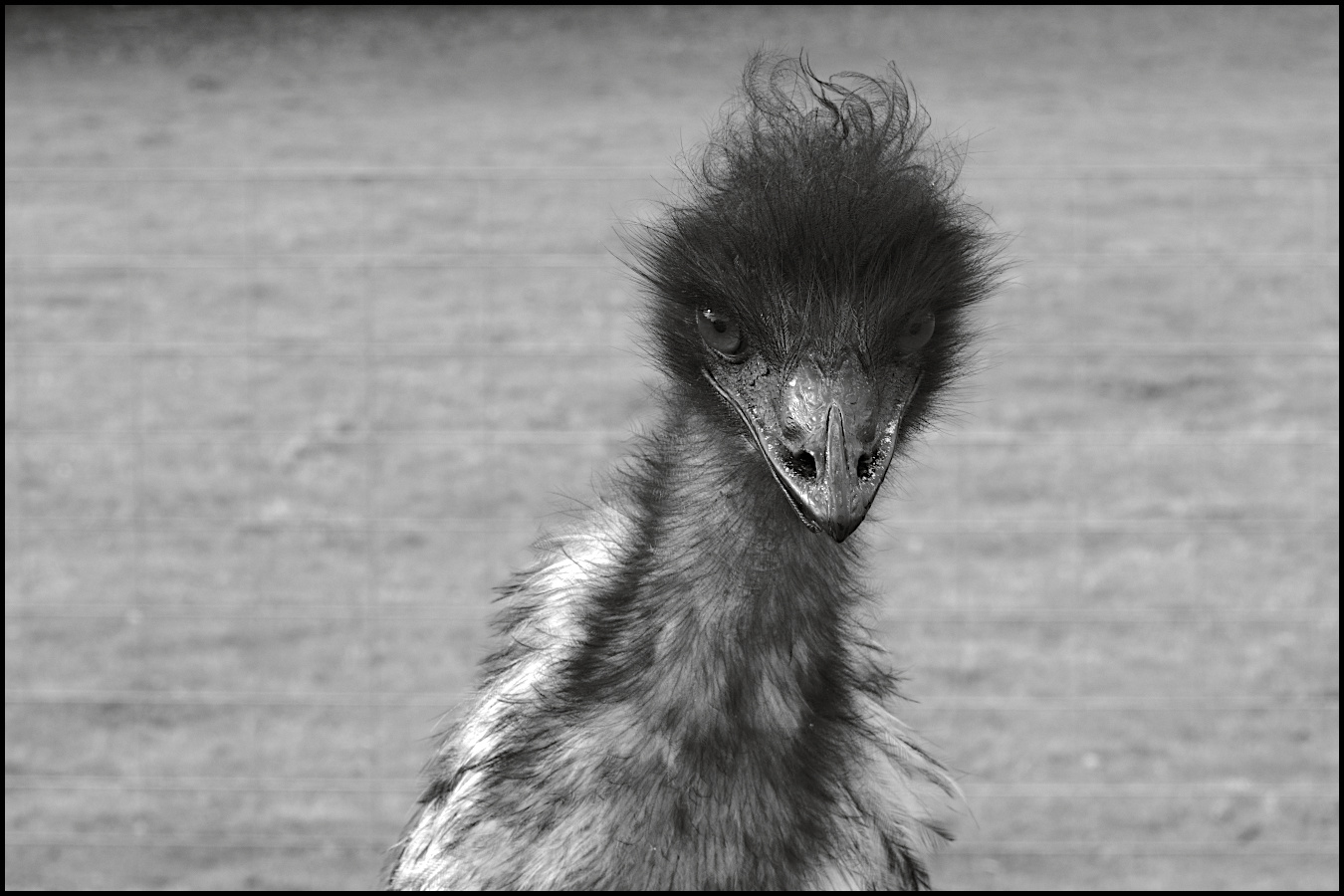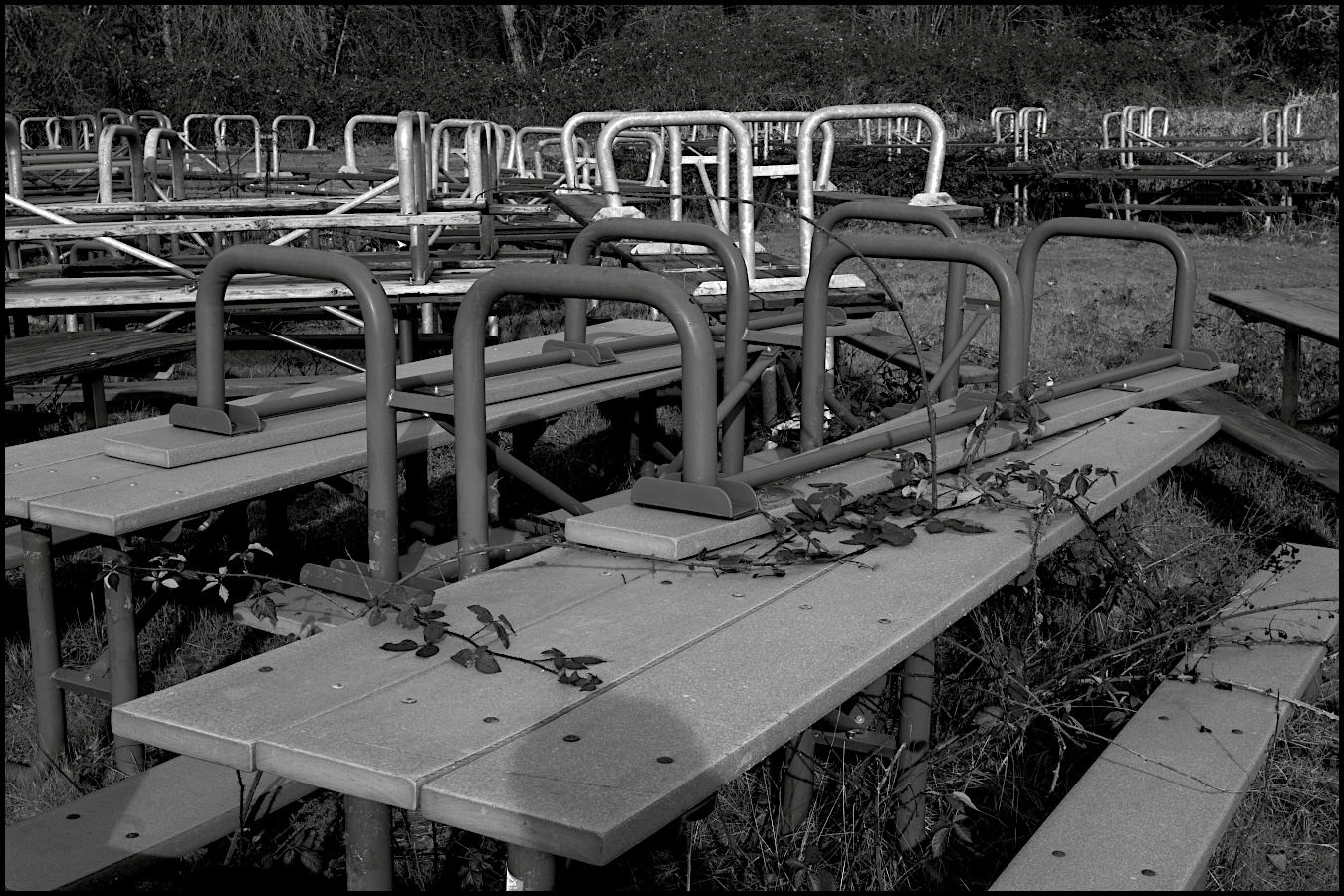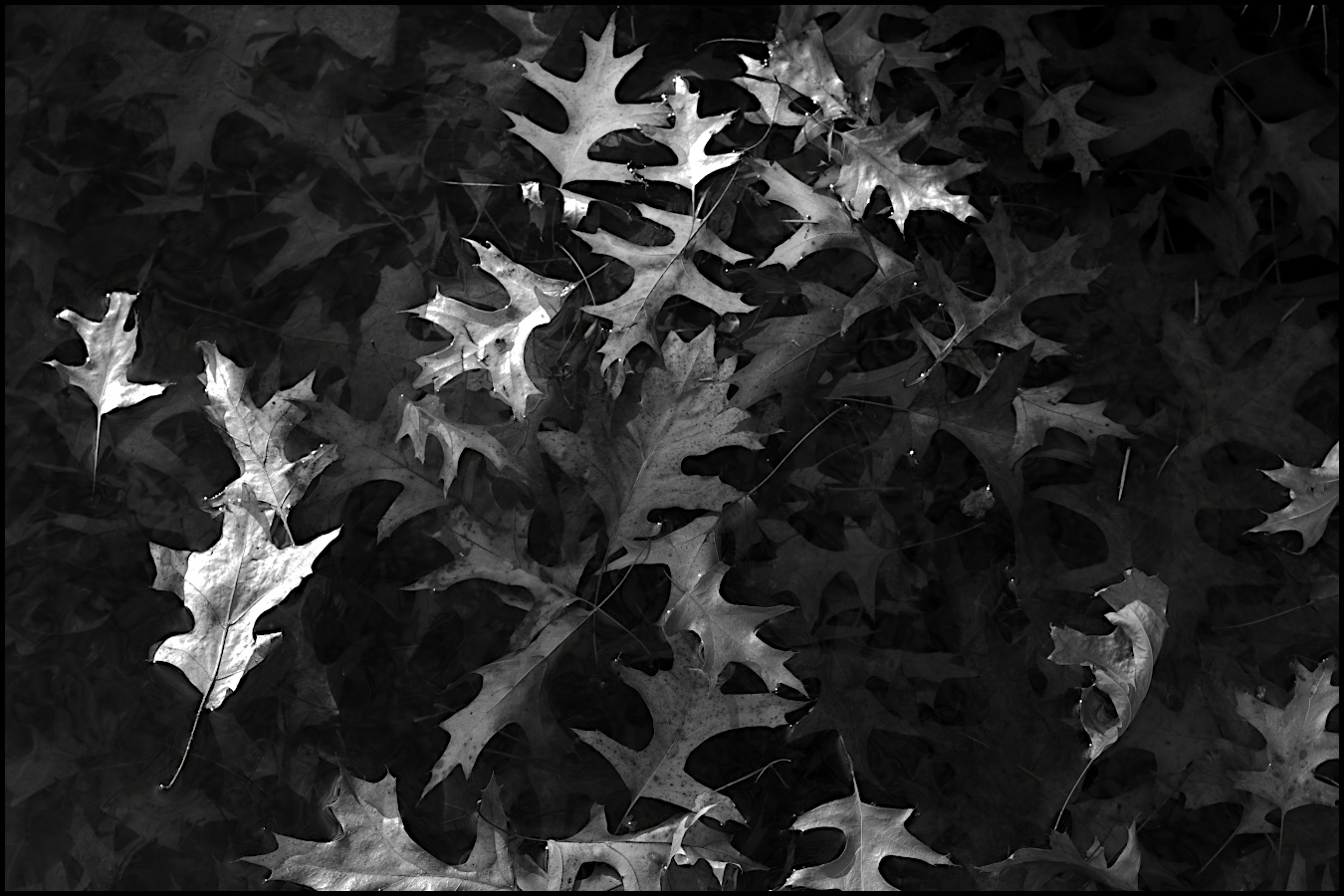I think there are numerous advantages to a monochrome sensor camera for working in black-and-white. Your conversions are very good
@Shab but I think there is tonality and texture you can get from a B&W sensor that isn't there for me in most converted files (note I say most). The usual rubbish in / rubbish out rule applies. Not every photo taken with a B&W sensor is a masterpiece because that's how it was made.
I am biased against the typ 246, I admit, but I wouldn’t buy one. The 12 bit files have banding problems when you lift the shadows and even in daylight, tonal separation and rendition of texture can be odd. When it works well the files can be as close to perfect as anything you’ll get from that format, but it was too unpredictable for me. Live view, one of the handiest things for using fast lenses on these cameras, is basically useless, and with shallow depth of field I lost a lot of photos because they weren't in focus. Monochrome digital files also lose a lot of tonality in out of focus areas that doesn't happen as much with film, so out of focus photos aren't just 'blurry' and thus 'ok', at least to me.
The Pentax has some colour background associated frustrations, the worst of which is the white (!!!???) highlighting of in-focus areas for focus peaking, but the camera is essentially the end of a long line of evolution of dSLRs but with a monochrom(e) sensor. The 21/3.2 is essentially equivalent to your 35mm, particularly to a fast 35mm used with film, because the Pentax Monochrome at ISO100,000 looks about the same as ISO400 film pushed to 800. Unless you rely on your fast 35 on film for shallow depth of field a lot, there is not much difference.
I bought the HD Pentax lenses in 15, 21, 35 and 70mm for my Pentax KiMono and they are all quite excellent, despite some having an mtf that would make a Leica user laugh. The photos look good to me. No-one noticed the KiMono photos among the Leica M10M and M11M photos in my
Rajasthan series, and I know which is which mainly from the angles of view. I would encourage you to get autofocus lenses if you get a KiMono because some of the best features, highlight weighted metering especially, only works with autofocus lenses. This one
https://www.bhphotovideo.com/c/product/743117-USA/Pentax_21987_35mm_DA_L_F2_4.html is very cheap and perfectly ok, although the 35mm macro is better (that one is a really amazing lens).
Coming from film, one thing I can’t stress enough is that digital frees you to go crazy. Not sure how a photo will look or if it will or won't work? Press the button and find out . . . if you shoot the equivalent of a roll in 2 minutes, so what? It costs nothing. The camera, the lenses, everything, will pay for themselves, and if/when you wear it out, you can buy another one with the money you save from not buying film, chemicals or processing, and the time you would have spent developing and scanning.
The ZK Distagon is very nice - I have a C-Y version of the lens and it is great, although in the film days it was, for some reason, regarded as mediocre. I am interested to know if the electronic contact in the ZK lens means that the highlight weighted metering works? And the Distagon is big(ish) but it is much, much, MUCH more compact than the Sigma Art 35/1.4, which is basically the only really fast, modern normal lens for this camera (the 31/1.8 Limited is nice but f1.8 is not fast to me).
You can't have everything.
Marty







